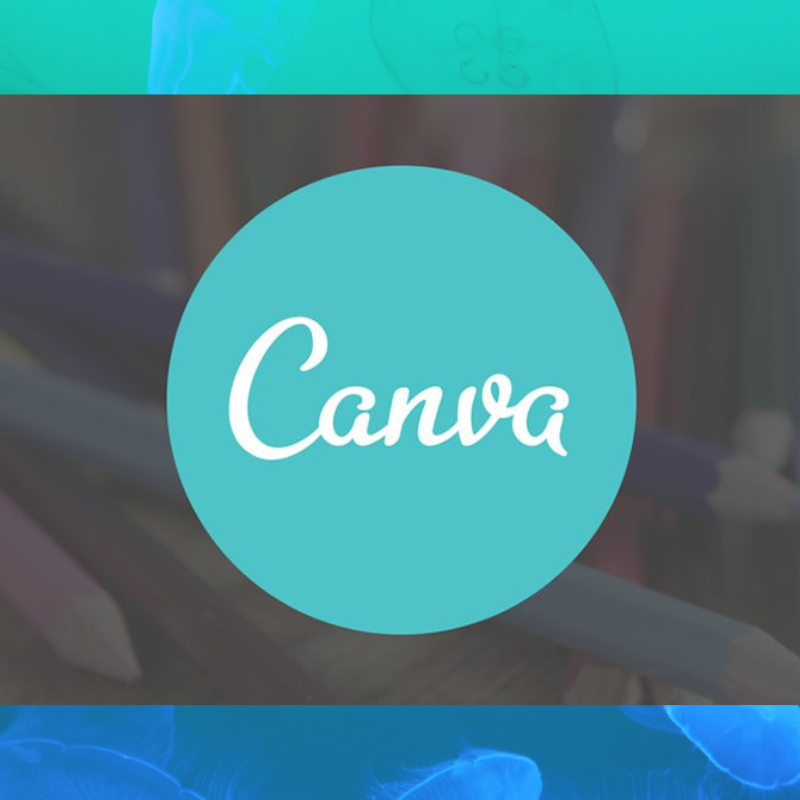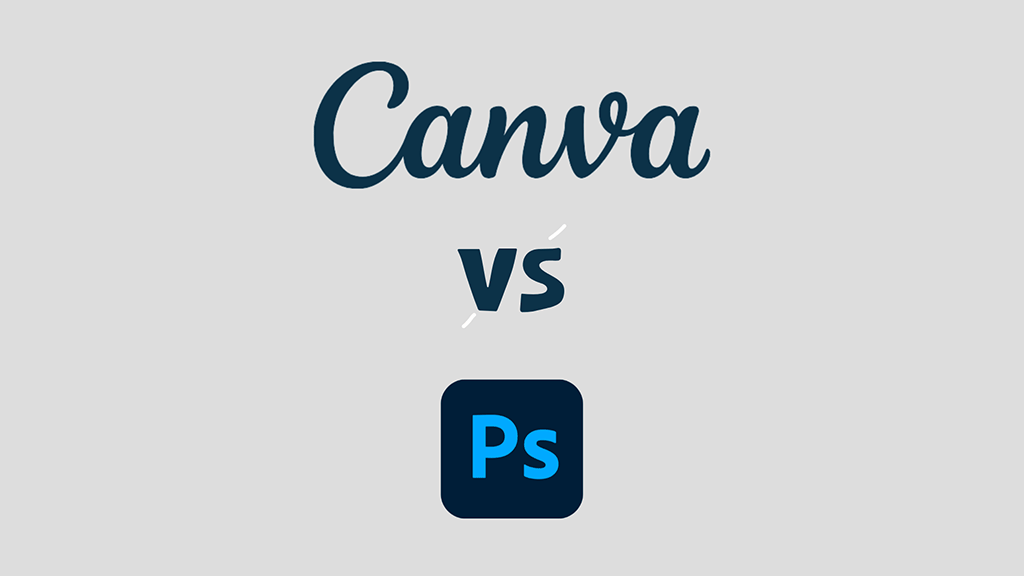Is Canva Ruining Graphic Design?

Is Canva Ruining Graphic Design? Introduction In recent years, Canva has emerged as a popular online design tool, empowering individuals to create visually appealing content without the need for extensive design skills. However, this rise in accessibility has sparked debates within the design community. Is Canva a boon or a bane for graphic design? Let’s delve into the arguments. The Rise of Canva Canva offers an intuitive interface, pre-designed templates, and a vast library of graphics, fonts, and images. It democratizes design by allowing anyone, regardless of their background, to produce professional-looking visuals. For small businesses, startups, and non-designers, Canva is a game-changer. The Concerns 1. Lack of Originality Critics argue that Canva’s ease of use may lead to a lack of originality in designs. Many users rely heavily on pre-designed layouts and elements, resulting in a sea of similar-looking graphics. This homogeneity can dilute the impact of unique branding a...







